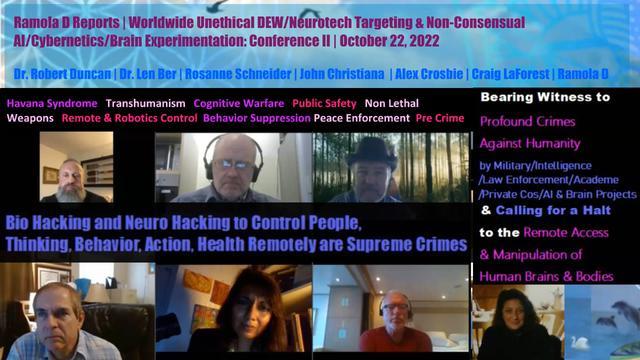Bullshit Arguments That Must Die: The "Materialism" Snarl Word
So, I've been accused of materialism, by which I'm understanding dialectical materialism.
Elsewhere, after responding to a tired rejection of the risks of computational propaganda:
The literal basis of all of our lives is propaganda. We are wholly propagandized from the start to end of every single day. How can people be so empty to turn and say 'Russia!', after the 87th advertisement experienced in three hours?
With:
- Changing the nature of the propaganda changes the social and political balance.
- Computational propaganda operates at a scale, rate, capability, anintensity, and pervasiveness unmatched in history. In an already globally interconnected and precarious world.
And noting that the printing press triggered the Reformation and Thirty Years War. Widespread literacy, the Revolutions of 1840. Yellow Journalism the Boer, Spanish American, and First World Wars. Radio and hi-fi sound recording and playback, Fascism. Our current tools are vastly more powerful, my interlocutor brilliantly quipped:
Yeah, materialism is a hell of a drug.
Asked for clarification they quote Wikipedia.
If I'm reading them accurately, "materialism" sounds like a snarl word shallow dismissal.
Theories of history have evolved: mythic, religious, Great Man, ideas. A systems model, in which inputs, information, relationships, and capabilities are mutually determinative is closest to my views, though you seem more interested in projecting a preconceived label than inquiring as to my own understanding.
Changing any element of the system, and information capabilities, including sensing, processing, storage, retrieval, and transmission --- media technology being a large part of this --- do have major impacts on systemic function. As does material ability to effect the environment or culture through capital and energy, scientific and technical understanding, motivating values, and other factors.
Ideas tend to emerge regardless of capabilities (subject to limits on empirical observation, existing foundations, and collaborative capabilities). But their ability to become prominent or dominent is enabled or limited by capabilities, including technological. There are times that similar concepts have arisen independently in widely separated areas, the Axial Age (Greek, Hindu, and Chinese philosophical traditions) being one example. Democratic government, empiricism, liberal democracy, socialist principles, nationalism/tribalism, feudalism, market economics, polytheism, monotheism, and humanism similarly. Ideas themselves face Darwinian selection and fitness to specific niches.
And yes, scale effects absolutely matter. The modern industrialised world, and its ideas, aren't possible without vast energy, material resource, ag productivity, transport, communications, information processing/storage/retrieval, organisational, technological, infrastructural, transformational, and sanitary/hygenic/public health capabilities and scales. No quantity or intensity of ideas will move an Airbus A380 through the skies across continents, smelt a gigaton of steel, sequence a virus and distribute a vaccine worldwide, or create and run a broadcast network or social media server farm without requisite energy, materials, scientific and technical knowledge, and the human and social systems to manage and direct them. Put your ideas on an airless bit of space dust and see what they accomplish.
Long-time readers my recognise most of the nine elements of my ontology of technological mechanisms here; fuels, materials, process knowledge, causal knowledge, networks, systems, power transmission and transformation, information, and hygiene factors.
#BullshitArgumentsThatMustDie #ideas #materialism #Cybernetics #SystemsTheory#TechOntology

